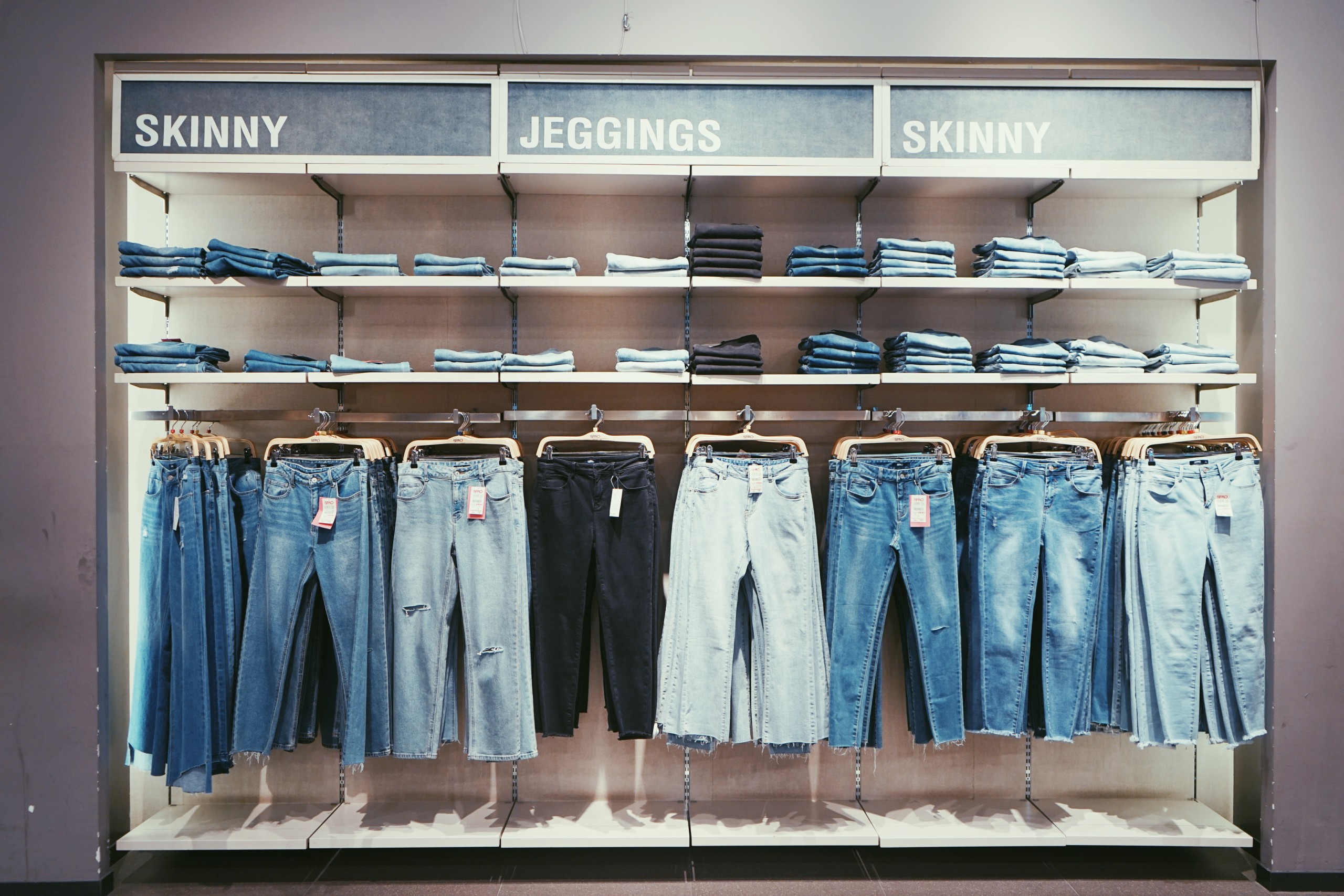As we’ve previously discussed, a large portion of our clothing is made in a linear model, using a significant amount of non-renewable resources for garments that are only often worn briefly. In fact, WRAP (2012) found that despite high rates of garment donations to charities, £140 million worth of apparel ends up in landfills every year.
To show its commitment to reducing waste in the garment industry and to encourage a circular, rather than linear model; the government has already started engaging with stakeholders on the Textiles 2030 programme. As a result, Extended Producer Responsibility (EPR) schemes have been identified as one key mechanism which could drive a more circular approach across the global fashion industry.
So what is EPR, and how will it encourage a more sustainable industry?
Extended Producer Responsibility (EPR): Encouraging circularity
The Extended Producer Responsibility (EPR) programmes designed specifically for textiles have been created based on the premise that fashion brands and manufacturers have the most control over the design, marketing and make-up of garments. The programme would require all businesses which manufacture, import and sell fashion textiles to be responsible for any waste generated during the process; increasing the responsibility taken by manufacturers for reducing environmental impact.
The hope is that EPR schemes will drive better circularity of textiles, force brands to be more accountable and help consumers to make more responsible, informed choices. Specific measures highlighted include design requirements that are more environmentally conscious, better in-garment labelling for consumers and clearer provenance tracing across the supply chain.
Is EPR the answer?
Extended Producer Responsibility programmes have the potential to drive a more sustainable textile industry across the entire supply chain. EPR is likely to pressure manufacturers and retailers to take greater responsibility for the products they make and sell, encouraging them to think about the whole-life of an item before production. This life-cycle thinking across design and production is vital to create a circular fashion economy.
But although ERP schemes are an important part of the solution to more sustainable fashion, they’re not the entire answer. True recyclability and end-of-life disposal need to be fully factored into product design. The amount of environmentally damaging resources used in production also needs to be reduced.
Sustainable fashion cannot be created by EPR alone, and as usual, wider changes across both societal pressures and consumer behaviour will be essential. Interestingly, many big fashion brands are now charging consumers for returns. The impact of this is yet to be seen, but it’s an interesting step that may reduce waste and overconsumption, driving a real behaviour shift. This consumer behaviour change, combined with schemes such as EPR may have a real impact on textile sustainability.
To wrap up
Of course, consumer behaviour change is essential. But EPR schemes are a vital part of the sustainability puzzle, helping to tackle to huge problems caused by fast fashion across the globe. These schemes place responsibility directly at businesses and manufacturers, and the incentive to minimise their costs through more sustainable practices may be critical in developing a more circular economy.
Textile Consult operates worldwide, consulting on a variety of management, training and sustainability issues within the textile industry. Contact us today to find out how we’ll work with you to find effective, sustainable solutions for your company.


